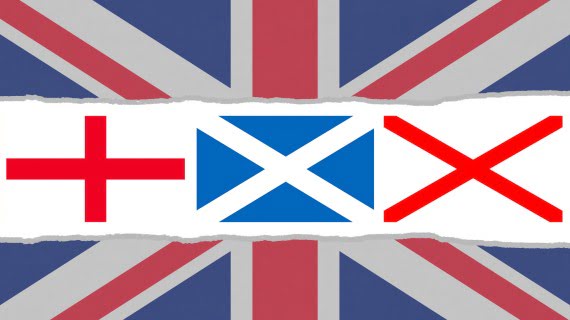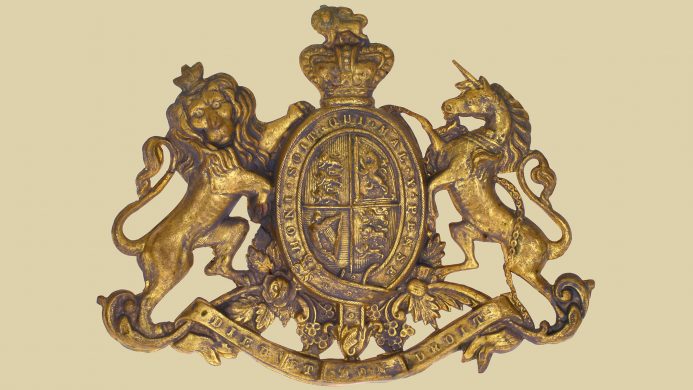The United Kingdom is a sovereign island country of Europe. Its form of Government is a parliamentary monarchy and the current monarch is the Queen isabel II. As such, it has a series of main national symbols: the coat of arms and the flag. So, in what follows we expose what the UK coat of arms and flag are like, as well as their origin and meaning.
United kingdom flag
In English, the official name of the flag of the United Kingdom of Great Britain and Northern Ireland is union flag, whose meaning is Union Flag, since it represents the four constituent nations of this country.
The flag of the United Kingdom is the result of uniting the patron saints of England, Scotland and Northern Ireland, not including Wales. It can commonly be found in English also under the name Union Jack.
The red cross on a white background that can be seen in the center represents the flag of England, called St. George's Cross (in English, cross of st george).
The white cross on a blue background is representative of the Cross of San Andrés (Saint Andrew's Cross in English) or Flag of Scotland. The white cross that can be seen on it represents Saint Andrew the Apostle, considered the patron saint of Scotland.
Before its incorporation into the Union Flag, the blue color of the background used to vary between azure blue and navy blue. Usually this depended on the region where it was manufactured. However, when it became part of the UK flag, navy blue was chosen as the official color, specifically Pantone 300, although Pantone 280 is used in the UK flag.
The final version of the UK flag, that is, the one we know today, dates from 1801, year in which the union of Northern Ireland with Great Britain took place. Thus, the St. Patrick's Cross o Saint Patrick's Cross (red cross on white background).
In addition, the crosses of Saint Andrew and Saint Patrick were inserted to avoid talking about the primacy of Scotland over Ireland or the other way around. Wales It is not represented on the UK flag because, when the first version of the flag was created, Wales was already part of England.
Coat of arms
The coat of arms is owned by the British monarch and, in English, is called Royal Coat of Arms of the United Kingdom.
Also used as national blazon in the United Kingdom. What appears in it are representative symbols of the constituent States that compose it, that is, Scotland, Wales, Northern Ireland and England.
The motto, written in the French language, is God and my right (God and my right). The shield is divided into three parts: the crest, the crown and the tenant.
Thus, on the crest (upper part) we find a crowned leopard lion, on the crown (left part) a crowned lion representing England and on the tenant (right part) a chained unicorn, in honor of Scotland.
The center of the shield is quartered, that is, divided into four quarters and each one of them has a meaning in relation to the constitutive State to which it corresponds.
Thus, the first and last barracks (the one in the upper left corner and the one in the lower right corner) represent England with its three leopard lions.
The second barracks (upper right corner) represents Scotland and in it appears a standing rampant lion leaning on one of its legs.
In the third quarter (lower left corner), you can see the representative shield of Northern Ireland: a yellow harp on a blue background. This shield is the same as that of the Republic of Ireland.
This article has been shared 71 times. We have spent many hours collecting this information. If you liked it, share it, please:
















